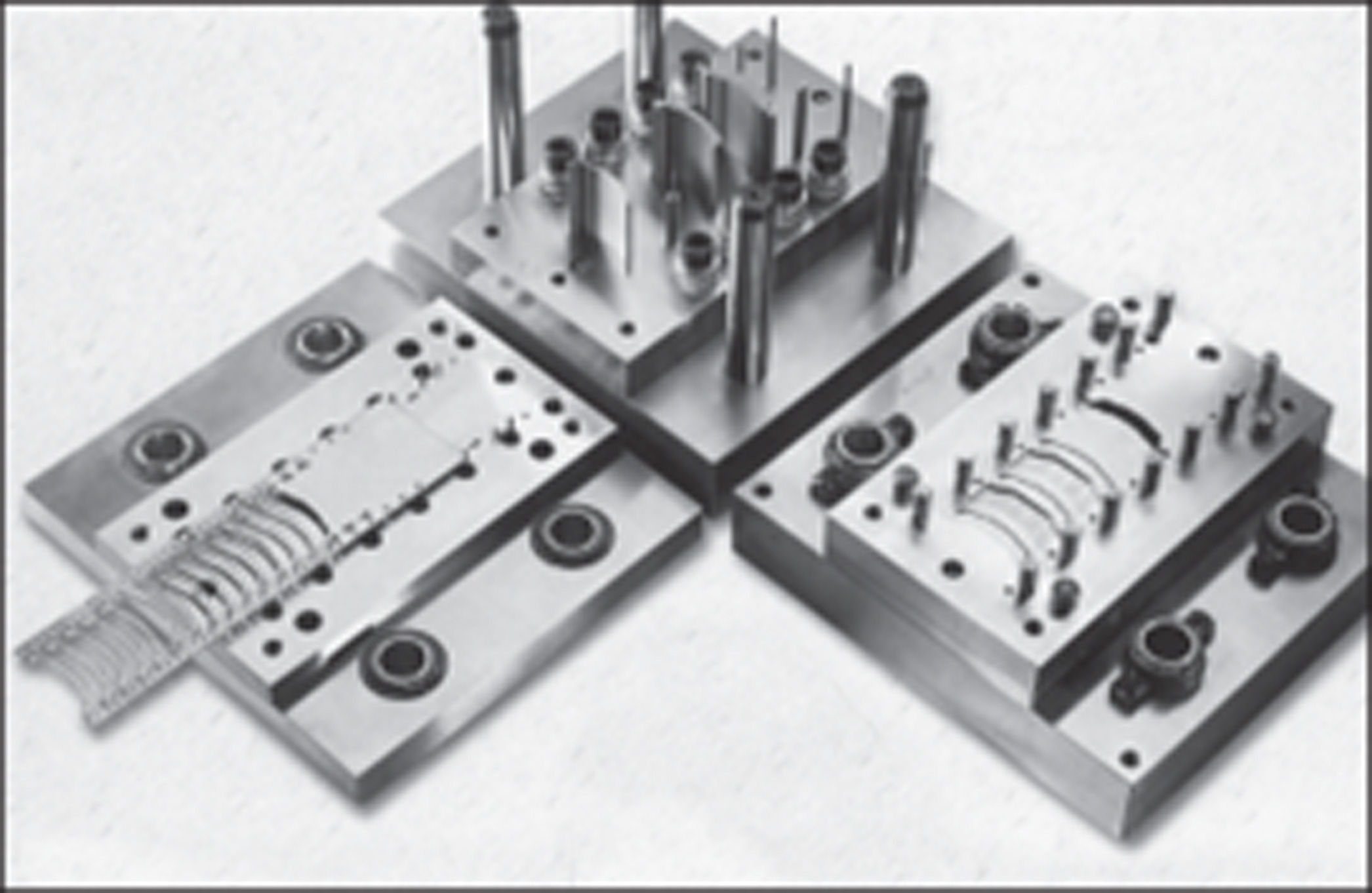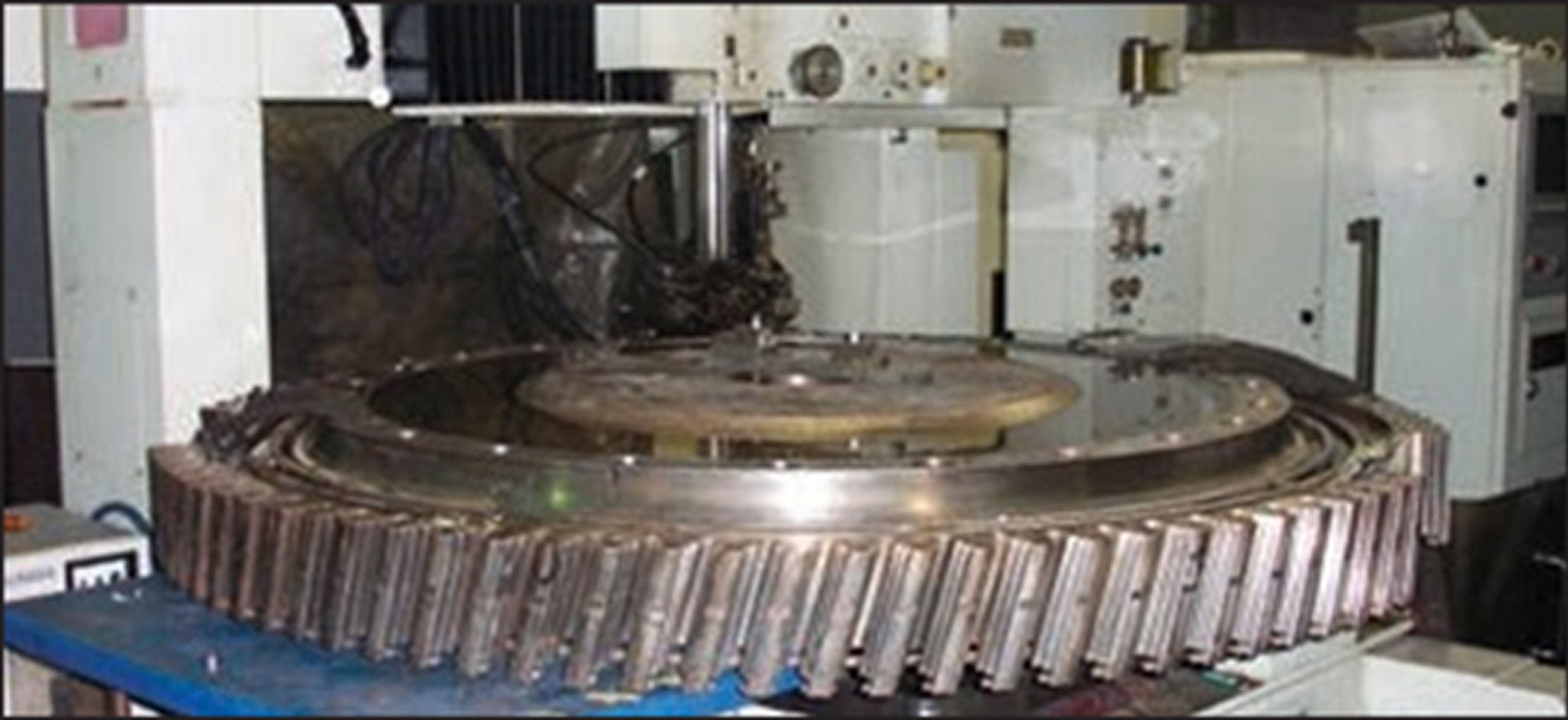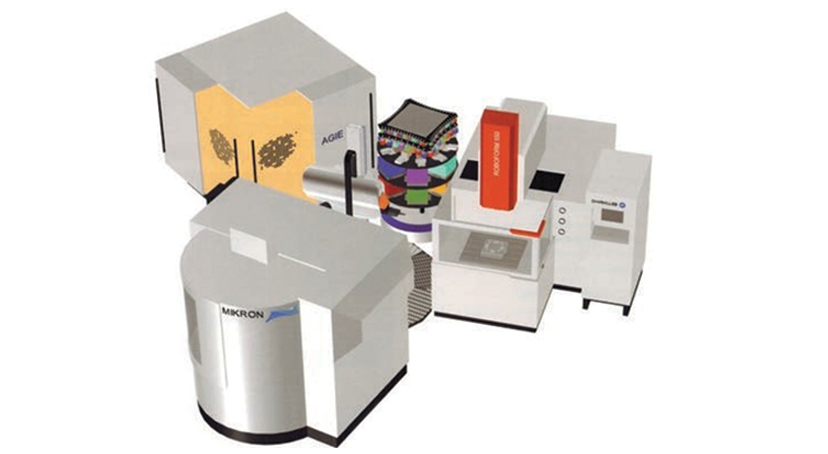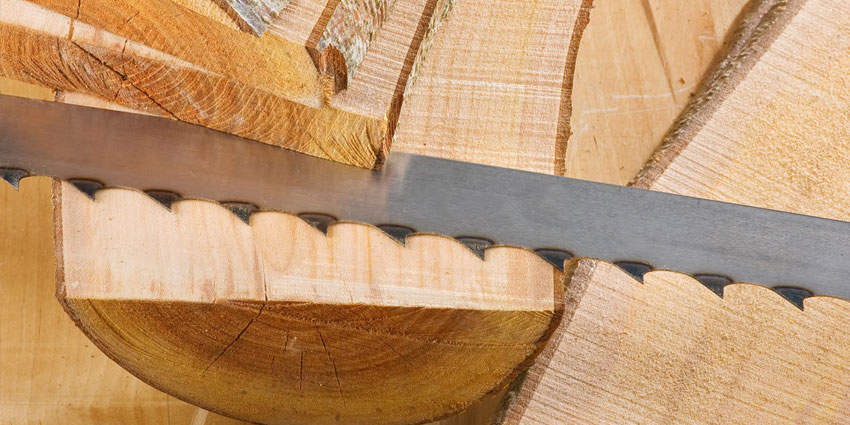When it comes to bandsaw blade design for sawing hardwood, there are probably as many opinions as there are bandsaw manufacturers. So let’s look at some basic bandsaw blade ideas and concepts to understand what factors are critical to our performance and therefore what designs might be best.
The first step in choosing a woodworking bandsaw blade is to define the cutting requirements. Some considerations are related to the quality of the cut – smoothness, accuracy or flatness, and radius of curvature – and some to the wood itself – wood density (or hardness, which is related), depth of cut (or thickness of material).. and grain direction ( intersection). We don’t believe that cutting speed should be an issue, but some people are concerned about speed.





